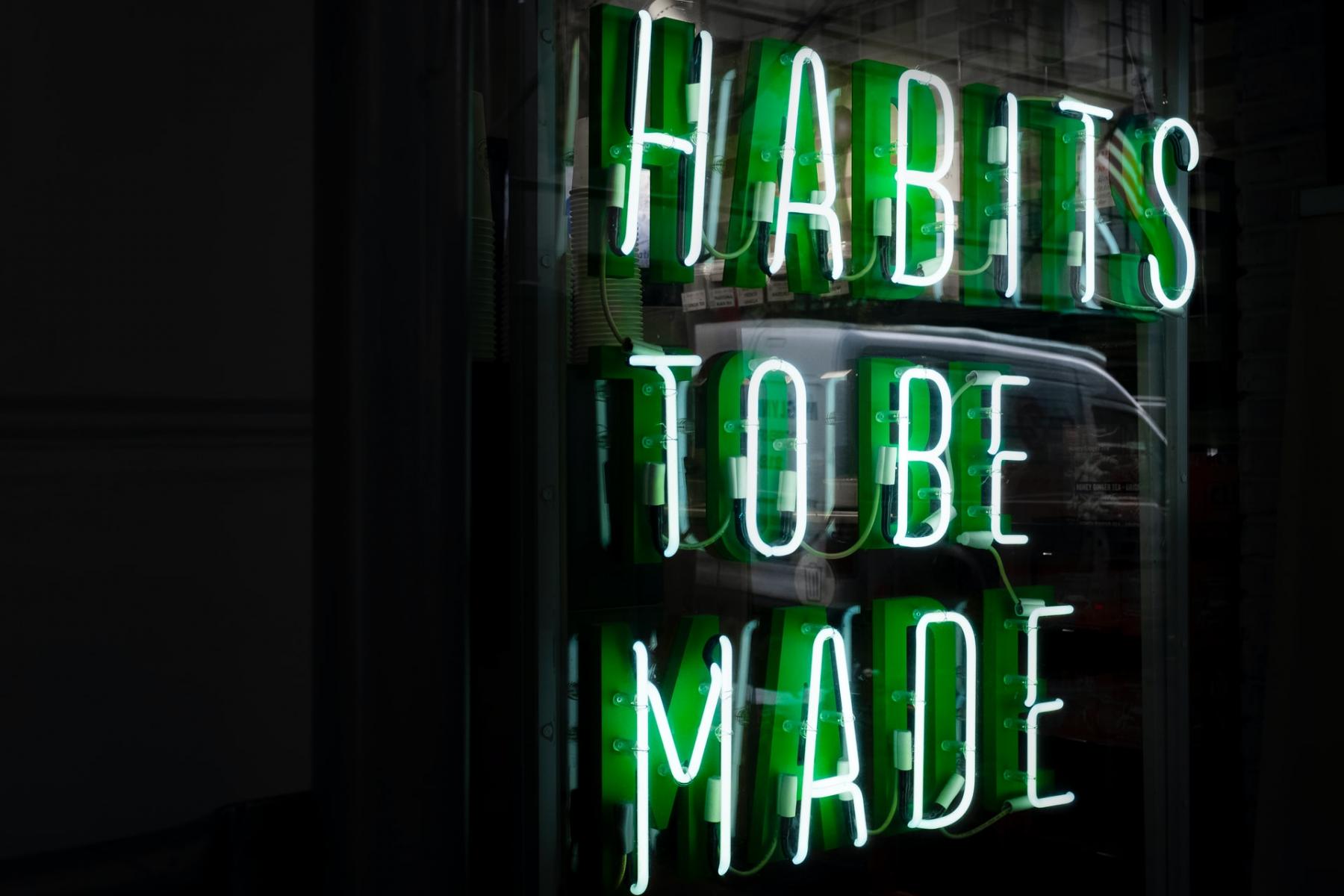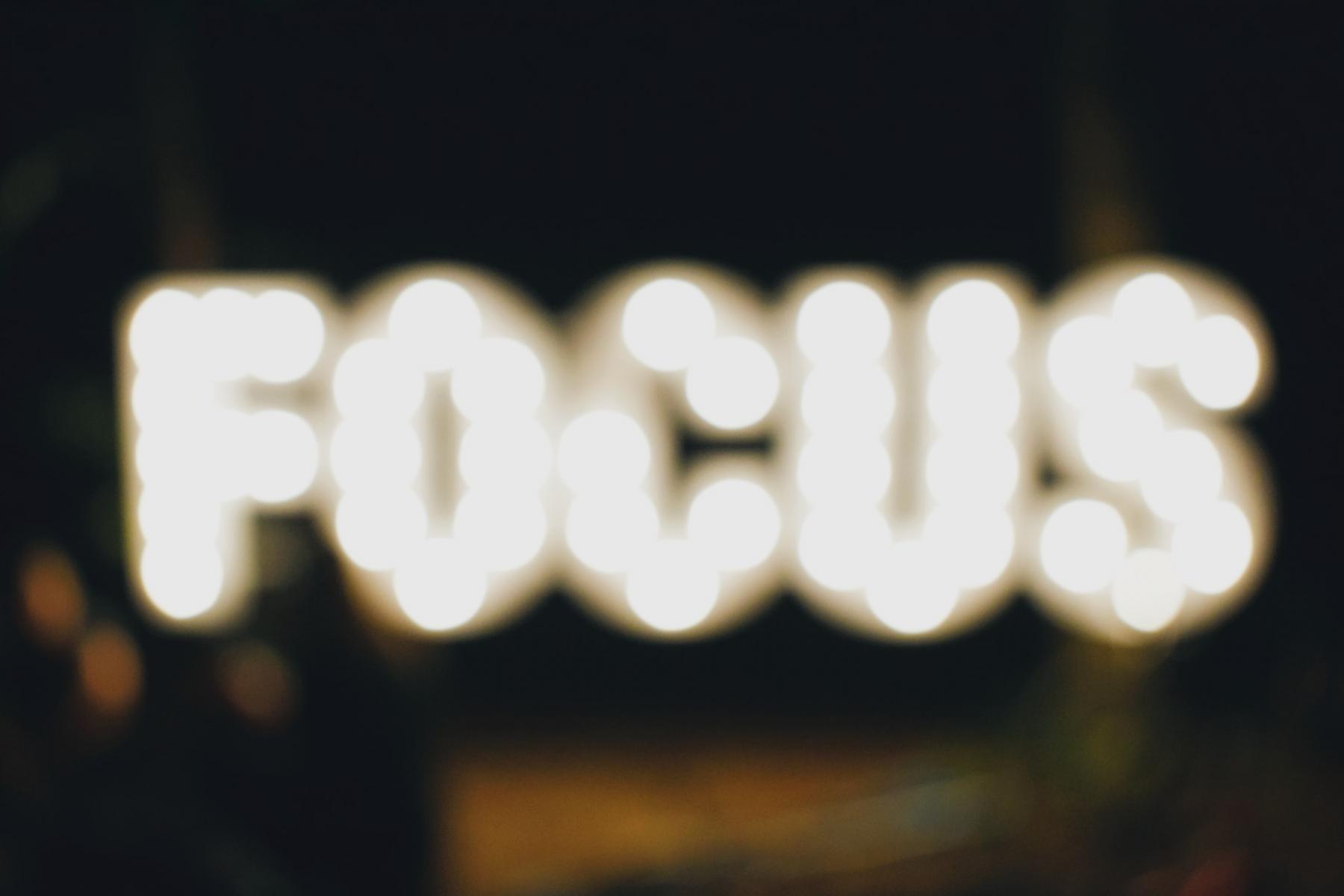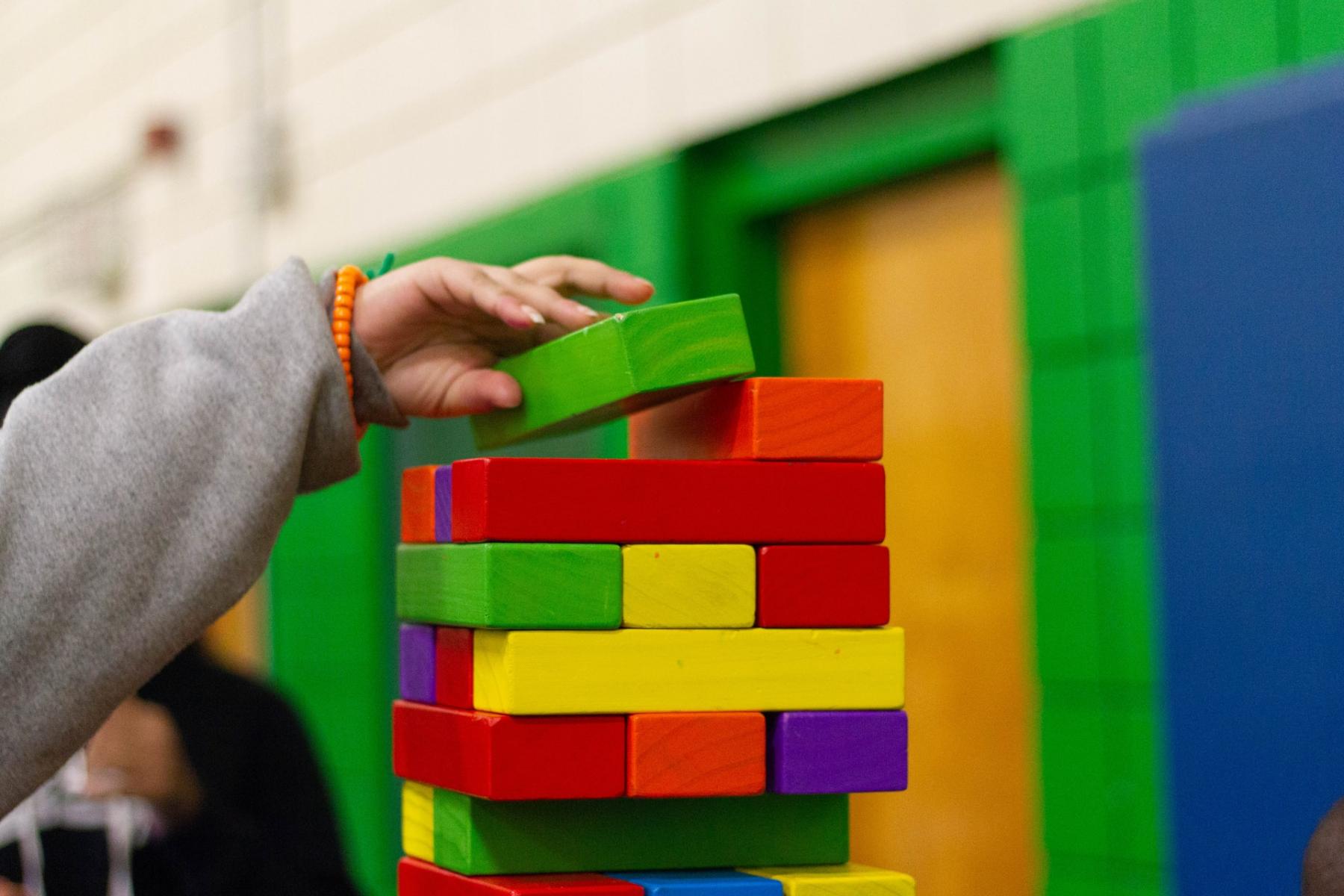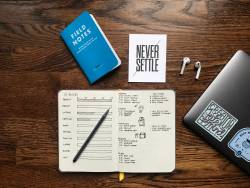
Forget Motivation. Reach Goals with "Implementation Intention"

Have you ever set a goal for yourself and had it go nowhere?
Of course you have. We all have.
You know how much better your life would be if you did this one thing.
And yet...
You stay the same. Your goal is never reached and you miss out on the benefits. This sparks a downward spiral and you wonder if you’ll ever be able to reach a goal. So you stop trying. Yikes.
What’s the deal?
Maybe you made a vision board with pictures of your ideal life to help you reach your goals. Or maybe you wrote notes of affirmation for yourself.
This should be enough, right? You’re envisioning your goals and thinking positively.
But here’s the thing:
Motivation alone won’t get you there.
Neither will desire.
Think about it: we all want to be healthier and wealthier.
We all know that we could live healthier and wealthier lives if we ate more vegetables and saved more money.
But we continue to eat unhealthy foods and skip workouts. And we delay making financial plans for our futures.
Motivation and desire are not all bad. They are just not enough to keep you fueled and running when the going gets tough. They are not designed to keep you on track and accountable.
We are messy, distractible humans. Yet we don’t take this into account when we’re setting goals.
What you need is a plan. But not just any plan, a plan that has a fail-safe built-in. A plan that is designed to create habits so that you no longer have to think about them.

How to make a habit.
The best way to make lasting improvements in your life is to turn your goals into habits. Habits become automatic because they are part of a predictable ritual.
You wake up, you turn on the coffee maker, you read the paper, you take the dog for a walk.
Many of these things you don’t even have to think about anymore.
While you’re waiting for your coffee to brew, you pick up the paper. After you finish the paper, the dog reminds you it’s time for a walk. There are visual cues or sequences that you follow, sometimes without realizing it.
You may feel like you’re on autopilot, but you can program in new habits. Habits that will help you reach your goals.
Here is where the implementation intention technique comes in.
What is the implementation intention technique?
An implementation intention is a strategy in the form of an “if...then” statement. It can be used to modify behavior and build habits.
When creating implementation intentions, you take into account your goals and the obstacles you may encounter in pursuing those goals. You know you will encounter challenges but because you plan for them, you are more likely to succeed.

How does it work?
To use the implementation intention technique, you need to get clear about your goal.
As an example, let’s say my goal is to exercise 5 days per week.
A major obstacle for me is oversleeping and missing my workout time. So I am going to create an implementation intention such as, “If my alarm goes off in the morning, then I will jump out of bed, put on my running shoes, and go for a run.”
When am I exercising? Every morning when my alarm goes off.
Where am I exercising? Outside when I go for my run.
How am I going to do it? I am going to get out of bed, put on my shoes, and go for a run.
To take this further, I could put my shoes by my bed or by the front door the night before. “If I see my running shoes by the door, I will go for a run.”
The more detailed you can make your implementation intentions, the better.
When you create a plan that clearly states when, where, and how something is going to happen, it takes out all the guesswork. Your brain doesn’t have as many opportunities to make up excuses and you can focus on accomplishing the goal.
When X Happens, I Will Y
The best thing about habits (when they’re good habits, that is) is that they require very little thought or effort once they are routine. You respond to the cue or stimuli without thinking.
What about when you want to break bad habits?
You can (and should!) create intention implementations for that, too.
Using the same example of exercising, let’s say I am prone to not exercising when the weather is bad. I can create an implementation intention that says “When it is raining, I will do yoga indoors instead of running outside.”
This creates a cue for me that I won’t have to think about when I am faced with the temptation to skip my exercise because the weather is bad.
Account for all obstacles and temptations you may face when building a new habit. This will greatly increase your chances of reaching your goal.

It’s all about the follow-through
As with most tools, implementation intentions are only as strong as your follow-through.
You can spend the whole day mapping out “if-then” intentions. But if you never apply them and follow through with the implementation, then you won’t be any closer to your goal.
See what I did there?
You can use this tool to build good habits, get rid of bad habits, and build a healthy, productive life.
But only if you follow through.

Take action
Here are three steps to create your own implementation intentions.
1. Set a goal.
Make it challenging but attainable and include as many specifics as you can. Focus on one goal at a time. Once goal-oriented behavior becomes a habit, then move on to a new goal.
2. Consider how you will achieve that goal and the obstacles you may face.
What do you need to do to reach the goal you set for yourself? What are some of the biggest obstacles that will prevent you from achieving that goal? Make sure you look at internal obstacles as well (i.e. your tendency to hit the snooze button and skip exercising).
3. Create your implementation intention plan.
Clearly state when, how, and where your plan will take action. The more scenarios and obstacles you can plan for, the better. For best results, find ways to tie your implementation intentions to things you already do by habit. For example, if you brush your teeth in the morning, then you will listen to a personal development audiobook.
The Takeaway
Motivation and desire are not powerful enough to keep you moving toward your goals. You need an action plan that can help you turn goal-oriented behavior into habits. With time, you won’t even have to think about what you should be doing to reach your goals. You’ll already be doing it.














